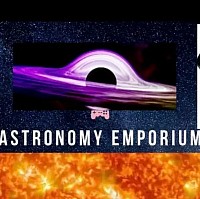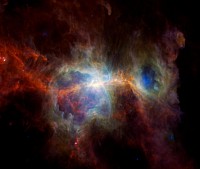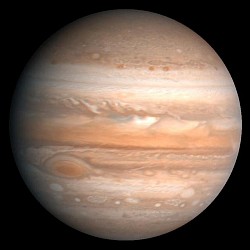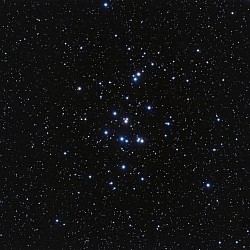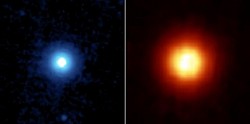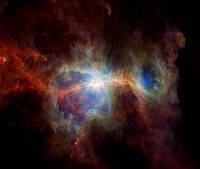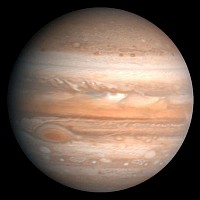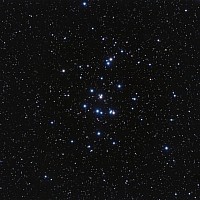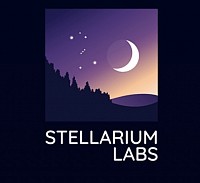🔭 How to Use Coordinates to Find Celestial Objects
Sky Coordinates for Beginners – RA & Dec Explained
What Are Sky Coordinates?
To find objects in the night sky, astronomers use a special map system called Right Ascension (RA) and Declination (Dec). Think of it like latitude and longitude — but for space!
RA (Right Ascension) is measured in hours, from 0 to 24
Dec (Declination) is measured in degrees, from +90° to -90°
This helps pinpoint exact locations for stars, galaxies, and more.
(Images credit Nasa)
🔭 How to Use Coordinates to Find Celestial Objects
Just like a GPS helps you find a location on Earth, sky coordinates help you find objects in the night sky.
Here are some real examples:
Orion's Nebula
🌌 Orion Nebula (M42)
📍 One of the most famous and easy-to-see deep sky objects.
RA: 05h 35m 17s Dec: –05° 23′ 28″
➤ Plug these into a stargazing app like Stellarium, and it will guide you straight to the Orion Nebula, located in the sword of the Orion constellation.
Jupiter Coordinates
🪐 Jupiter (as of July 2025)
📍 Jupiter moves against the background stars, so its coordinates change.
Approx. RA: 01h 36m Approx. Dec: +06° 00′
➤ These are the expected coordinates for Jupiter in mid-July 2025, near the constellation Pisces.
(Check a live app like Stellarium for exact positions on your date!)
The Beehive Cluster (M44)
📍 A bright open cluster in the constellation Cancer, visible with binoculars.
RA: 08h 40m
Dec: +19° 40′
➤ A beautiful sight in dark skies — easy to find when Cancer is high in the sky during spring.
🌠 Vega (Star in Lyra)
📍 One of the brightest stars in the northern sky — part of the Summer Triangle.
RA: 18h 36m 56s Dec: +38° 47′ 01″
➤ Vega is great for beginners learning to star-hop with coordinates.
Astro grandad Tip:
✅ Tip:
Use these coordinates in a free app like:
Stellarium Web SkySafari (mobile) Star Walk 2 (mobile)
Just enter the RA/Dec and the app will take you right there!
What is Stellarium-How to use Stellarium
🛰️What is Stellarium?
Stellarium is a free planetarium app that shows a real-time view of the night sky from your location. You can explore constellations, planets, star clusters, galaxies — and even fast-forward or rewind time to see how the sky changes.
It works on phones, tablets, and computers, and it’s perfect for beginners who want to learn their way around the sky.
To find an object using coordinates:
Open Stellarium Click the Search icon 🔍 Type or paste in the RA and Dec values The view will centre on the object instantly
It’s like having a telescope that knows where to look!
